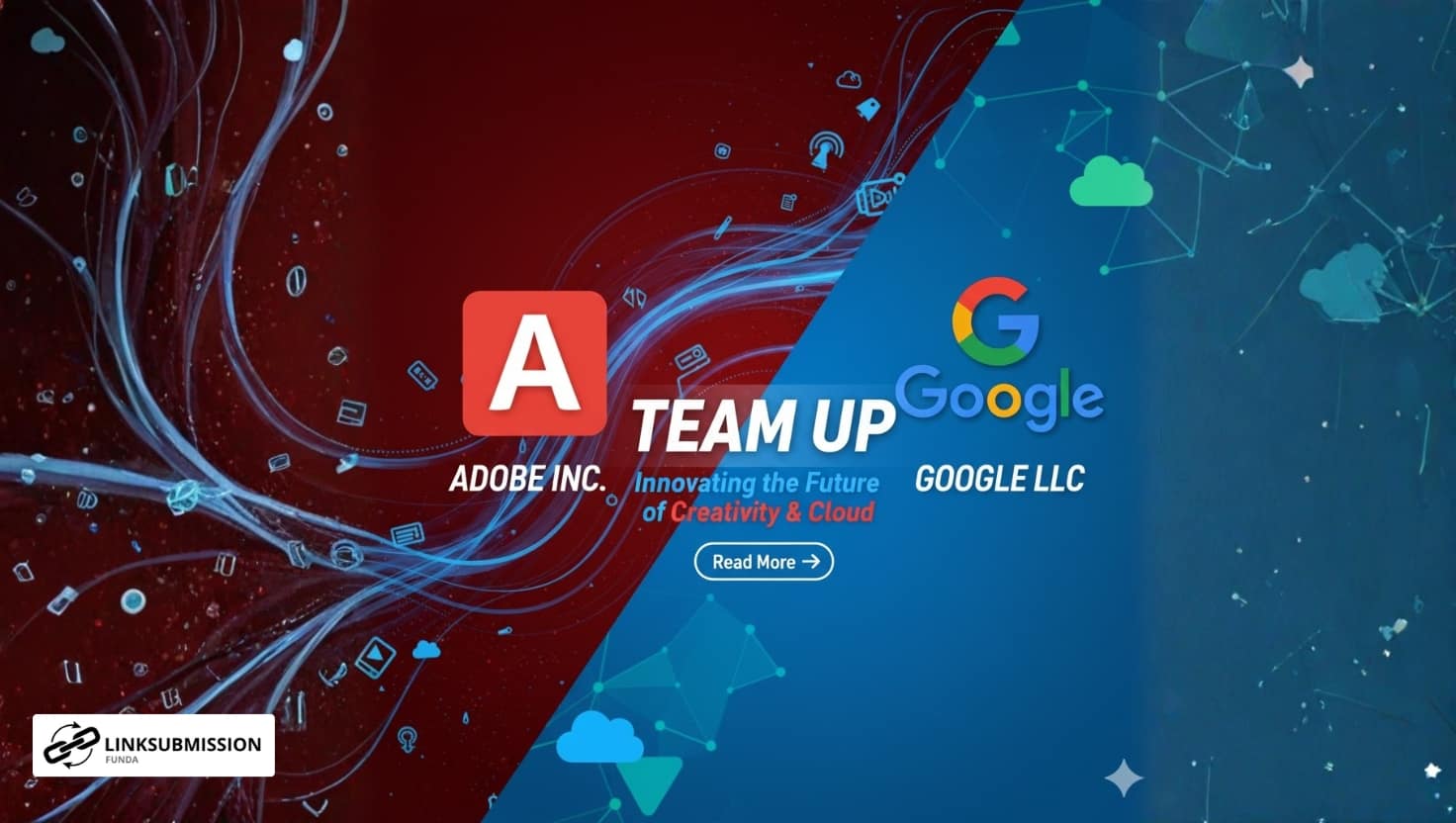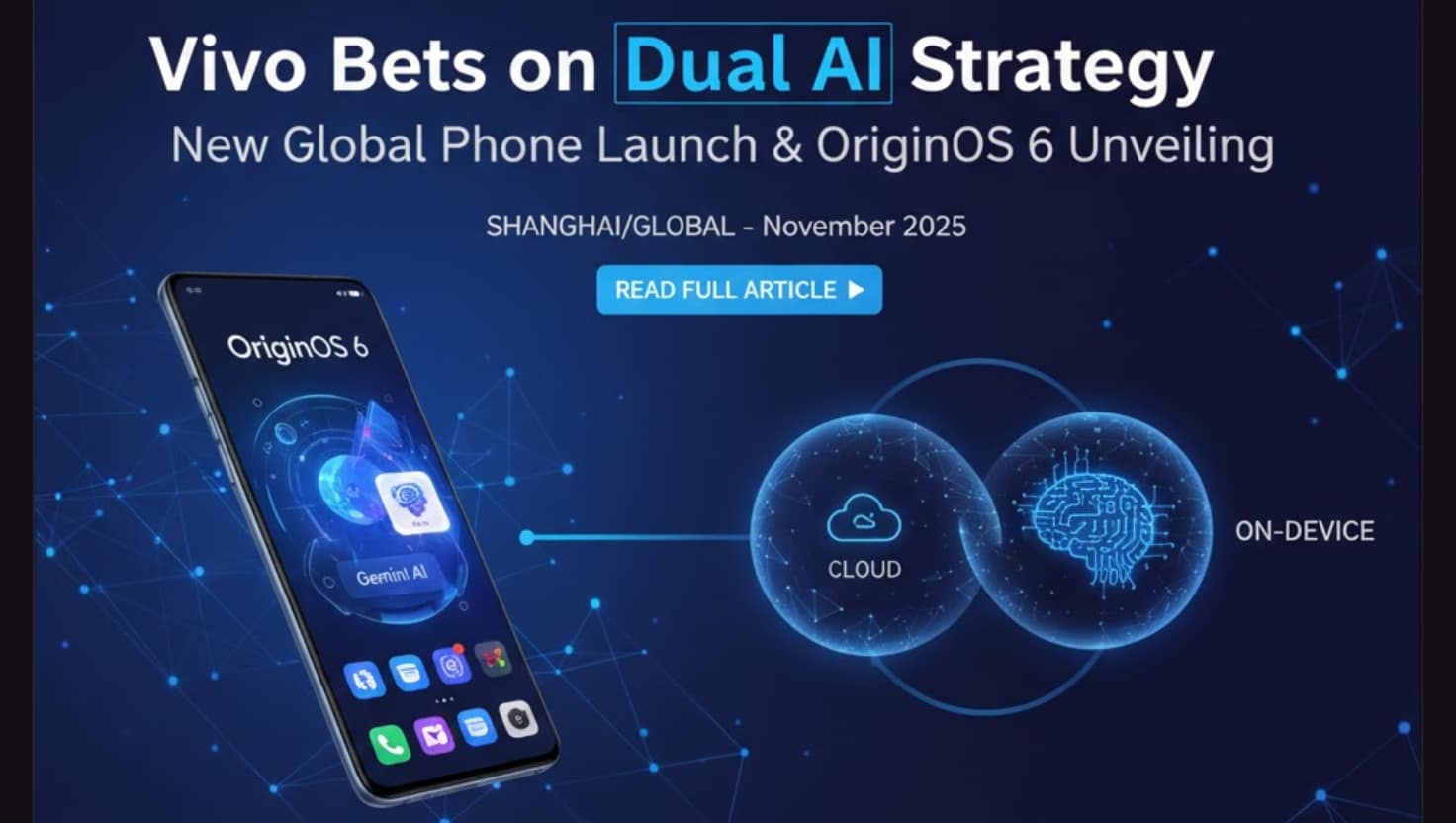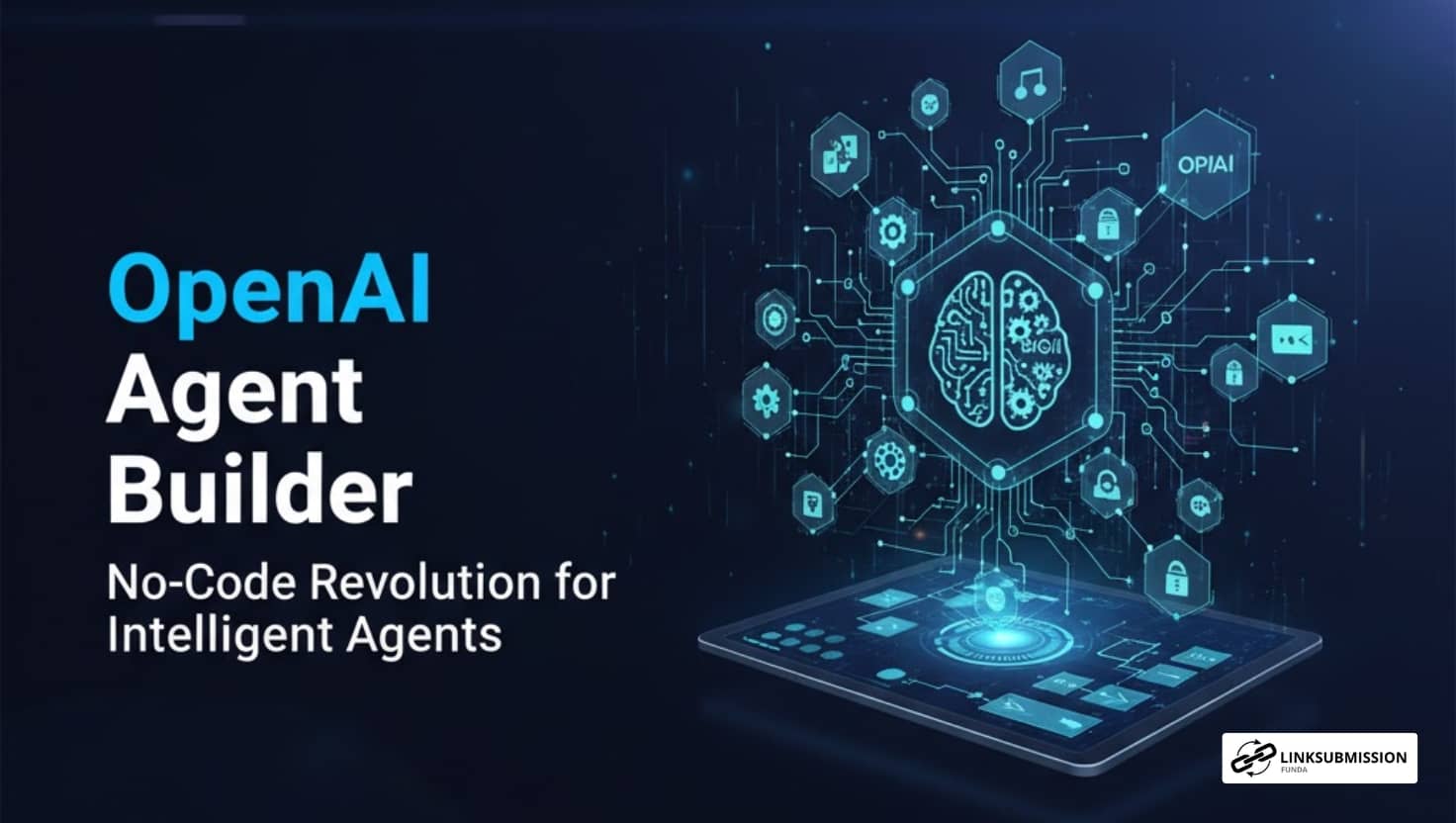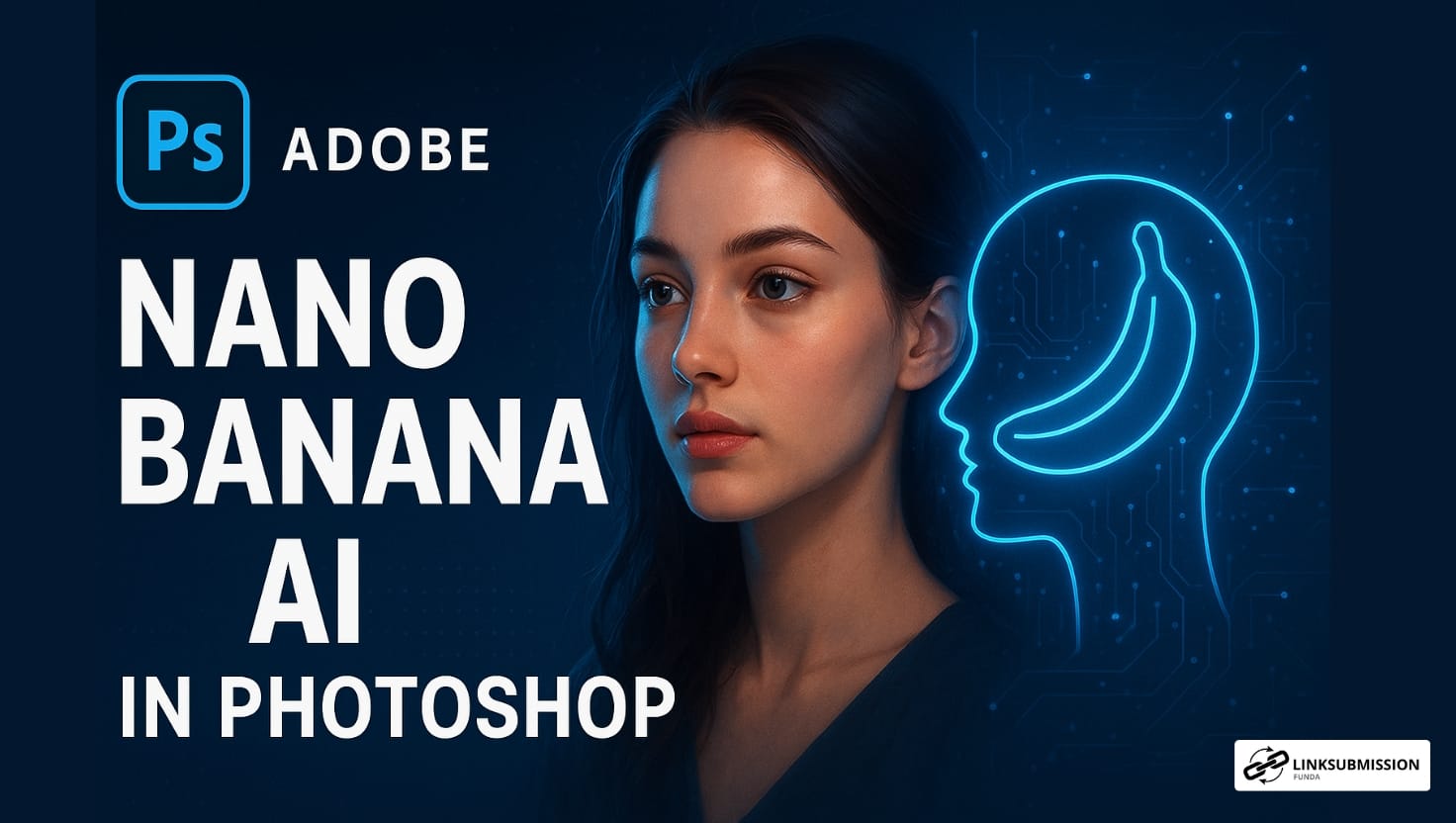At its recent Adobe MAX 2025 event, Adobe announced a bold expansion of its strategic alliance with Google Cloud. The deal will integrate Google’s advanced AI models—including Gemini, Veo and Imagen—directly into Adobe’s flagship creative apps such as Adobe Photoshop, Adobe Premiere, Adobe Express and the Adobe Firefly suite.
This move signals Adobe’s intent to bring ever-more powerful generative AI capabilities into the hands of creators, whether individual designers or large enterprises. Let’s unpack what it means, how it will work, and what opportunities (and challenges) it poses.
What the Partnership Involves
- Model Access
Adobe customers will be able to use Google’s generative AI models (Gemini, Veo for video, Imagen for images) from within Adobe’s familiar creative apps. - Enterprise Customisation
For enterprise customers, Adobe will provide the ability—via its Firefly Foundry platform and Google Cloud’s Vertex AI—to customize Google’s models using proprietary brand data. That means businesses can create “on-brand” content at scale. - Workflow Integration
Instead of jumping between separate tools or platforms, creators will remain in Adobe’s ecosystem and just select which model they want to use. This “partner-model” strategy gives flexibility and choice. - Data Safety / Control
Google and Adobe emphasise that enterprise customers’ data used for customisation won’t be automatically used to train Google’s foundation models—implying stronger control and privacy for sensitive brand data.
Why This Matters
- For Creators & Designers: The integration means faster workflows, higher-quality outputs and less time spent on repetitive editing or manual refinements. For example, generative fills, object masking, fast vector tracking in video—all become more potent with better underlying models.
- For Brands & Enterprises: With custom model options and the ability to scale production of on-brand content, businesses can meet the rising demand for digital media (images, video) more efficiently.
- For Adobe’s Positioning: Adobe strengthens its hold as the go-to creative platform by leveraging external AI horsepower (Google’s) rather than relying purely on its internal model development. This gives flexibility and scale.
- For the AI Ecosystem: This partnership underscores an ongoing trend where major creative tool vendors partner with cloud/AI platforms to embed next-gen capabilities. The lines between “AI model provider” and “creative application provider” blur further.
Considerations & Challenges
- Model Choice & Performance: With multiple models available (Adobe’s Firefly, Google’s Gemini/Veo/Imagen, partner models), creators might face decision friction: which model to pick for which task? Some will excel at stylisation, others at photorealism.
- Brand Consistency vs Creativity: Enterprises will need to balance the generative AI’s creativity with maintaining brand voice and visual consistency—custom models help, but still need oversight.
- Cost & Licensing: While Adobe hasn’t disclosed full financial terms of the partnership, usage of third-party models may involve additional licensing or subscription layers.
- Data Privacy & Ethics: Even with promises of data seclusion, enterprises will want to verify how their proprietary data is handled, stored or possibly exposed. Regulation and IP concerns remain.
- User Adoption & Training: Creators accustomed to manual workflows may need to adapt to prompt-based generation, model selection, and oversight of AI-generated output for quality and brand compliance.
What It Means for You
If you’re a creator, agency or brand:
- Evaluate models: Test which integrated AI model (Google’s vs Adobe’s vs others) gives you the desired output for your style and workflow.
- Monitor cost-benefit: Using more advanced models might boost speed/quality—but check subscription or generation costs, credit usage, etc.
- Maintain oversight: Even “ready” AI outputs may need human review for brand alignment, factual accuracy, copyright matters.
- Leverage scale: For enterprises, the ability to batch-produce images/videos at scale (with consistent branding) is a major advantage.
- Stay educated: As the tools evolve, prompt best-practices, model limitations, licensing terms will matter.
In summary, the expanded Adobe-Google Cloud partnership represents a strategic bridging of creative applications and leading generative AI models. For users of Adobe’s ecosystem—designers, agencies, brands—the move offers substantially more power, flexibility and speed in content creation. But with that power comes responsibility: model choice, cost control, brand oversight and ethical use remain important. If harnessed wisely, this integration may well usher in a new era of creativity, where the barrier between concept and output is significantly lowered.





